Specialty Dentistry, General Dentistry
Use of technology and modern techniques for dentistry treatments
Telehealth programs and other technology are better connecting patients with physicians and specialist.
When you hear or read the phrase telehealth, it can mean a lot of different things to both patients and physicians. Simply put, telehealth is taking care of a patient over a distance with the use of technology. Telehealth can be a home monitoring device that transmits your blood sugar levels to a doctor a hundred miles away. Or, it could be a video conference with a specialist. Typically, when people use the term they mean video conferencing. The primary functions of telehealth are to increase access of health care for patients who need it and to create efficiency of care for physicians and providers.
James McElligott, M.D., is a board-certified pediatrician and the medical director of the Center for Telehealth at the Medical University of South Carolina. He received his doctorate from Wake Forest University.
How it works
Right now, there are approximately 200 telehealth networks across the country. Typically, these are in-office telehealth visits where a patient goes to a physician’s office and has a video conference with another specialist. For patients to participate in telehealth, they register at their local family practice office and are placed in an examination room. But instead of a doctor coming in to see the patient, there’s a video conferencing screen and a doctor talking to the patient through video. There may be devices in the room where the doctor can listen to the heart and lungs, look at the throat, look in the ears or look closely at skin lesions. There may also be a nurse in the room and they might be holding the devices, helping the patient understand the process and performing part of the exam.
Rules and regulations
Regulatory boards are very cautious when it comes to things like telehealth. The boards want to ensure situations like misdiagnosis and over-prescribing of pain medications and antibiotics don’t increase because of this new service. Every telehealth program should address these concerns by understanding what you can or can’t do to maintain the standard of care. One challenge is that the high satisfaction and benefits of improved access leads to rapid adoption of telehealth, but this must be balanced with a commitment to maintain the good practice of medicine no matter how it is delivered. What you start facing is the real question of what is needed to take care of a population. In truth, telehealth is actually more centered around the patient rather than the doctor as opposed to traditional care. Although it sounds futuristic, it’s actually easy to compare telehealth to the old days of house calls by the doctor with a little black bag because it adapts more to the family’s routine.
Telehealth is not really about video conferencing, emails or forms. It’s about better communication between physicians and patients.
I believe the regulatory agencies will realize the benefits of telehealth when it becomes considered an extension of the traditional approach rather than a replacement. We are in a critical time where we must be proactive in demonstrating that telehealth can be used safely if it is developed wisely. Our first focus should be on studying unintentional outcomes of this unprecedented access to care so that we can remain true to the first thing you learn in medical school: Do no harm. There’s a lot of work that needs to be done to validate telehealth, but this way of doing things is opening medical professionals’ eyes to the fact that telehealth is a patient-centered approach to medicine.
Telehealth is not really about video conferencing, emails or forms. It’s about better communication between physicians and patients and creating a more efficient system for using all of our resources. In South Carolina, we have the capabilities to do full examinations through telehealth. The best model for the telehealth service would have all the same resources and examination components of an in-person examination, very similar to the traditional standard of care.
We’re trying to incorporate all these elements in telehealth and find the appropriate places to use them. As the technology advances, it may get the point where your smartphone is the standard device for some types of telehealth. There are always going to be safeguards to protect the patients and physicians. Once those have been firmly established, and the risks associated with telehealth are no greater than the risks associated with any other service, we’ll have a more efficient system that serves everyone.

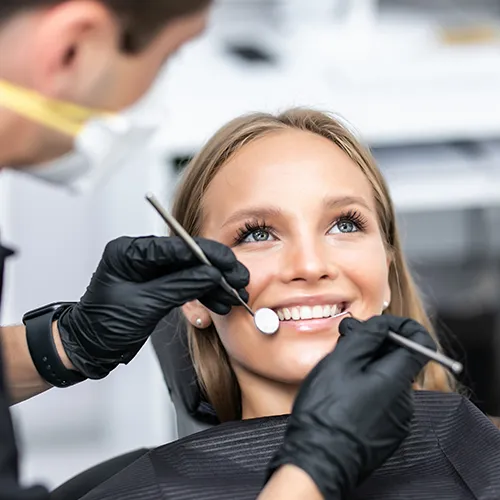


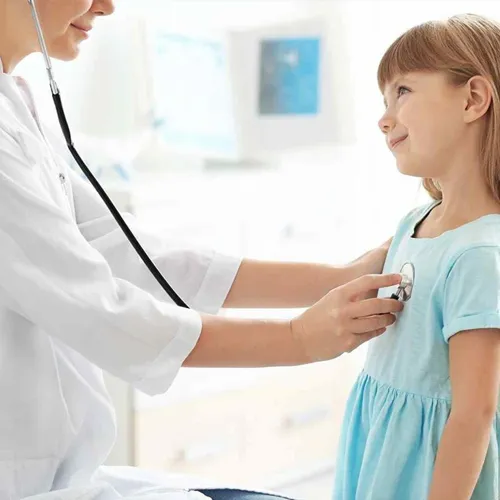



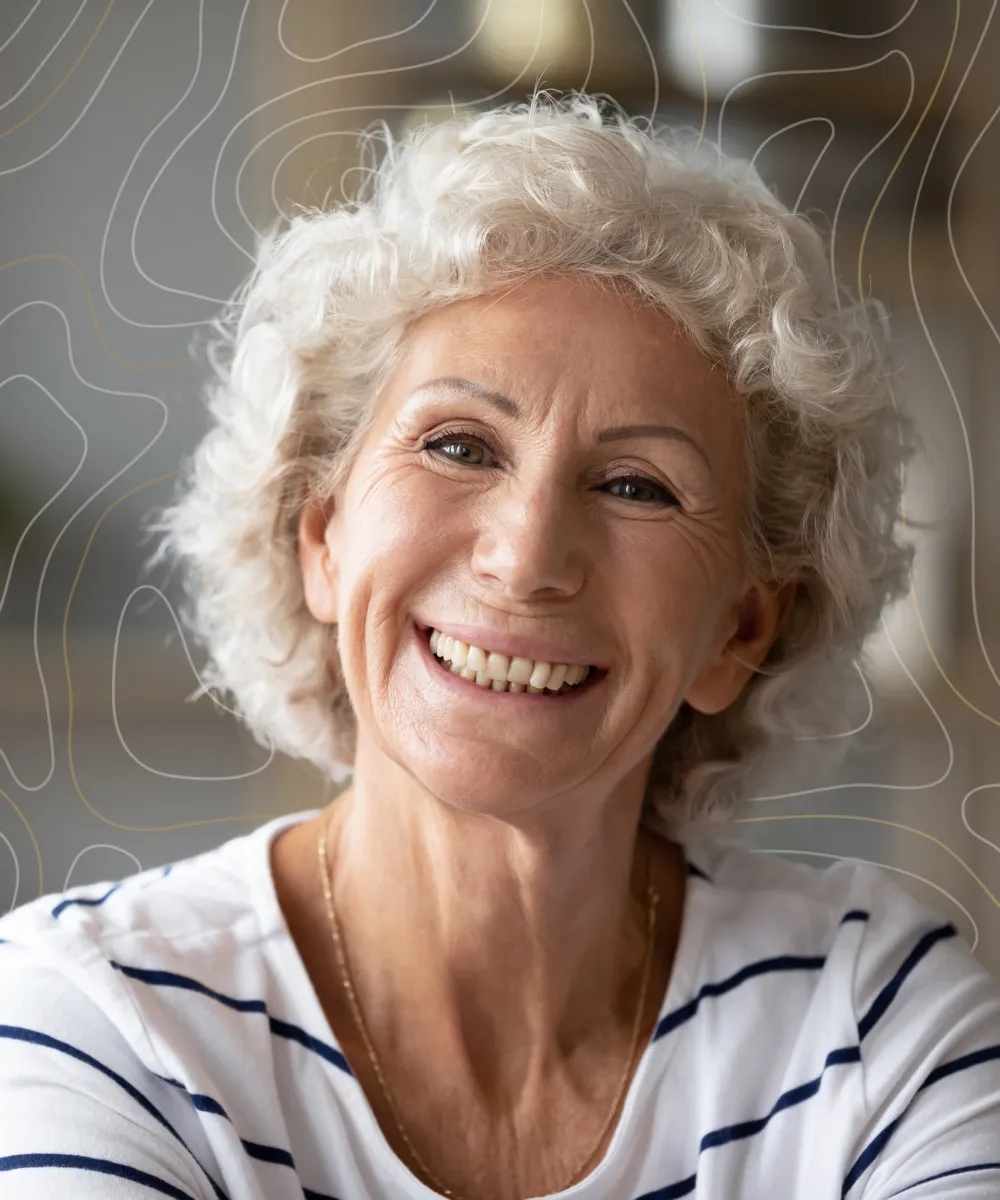


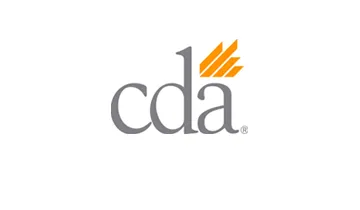
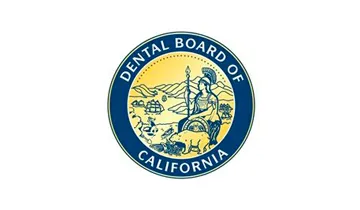

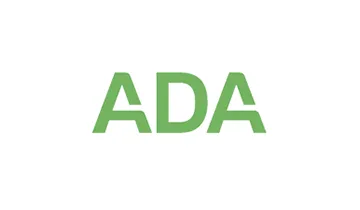
Check Us Out on Social Media
#FollowRestoreDental
Check us out and follow our accounts on the following social media platforms....